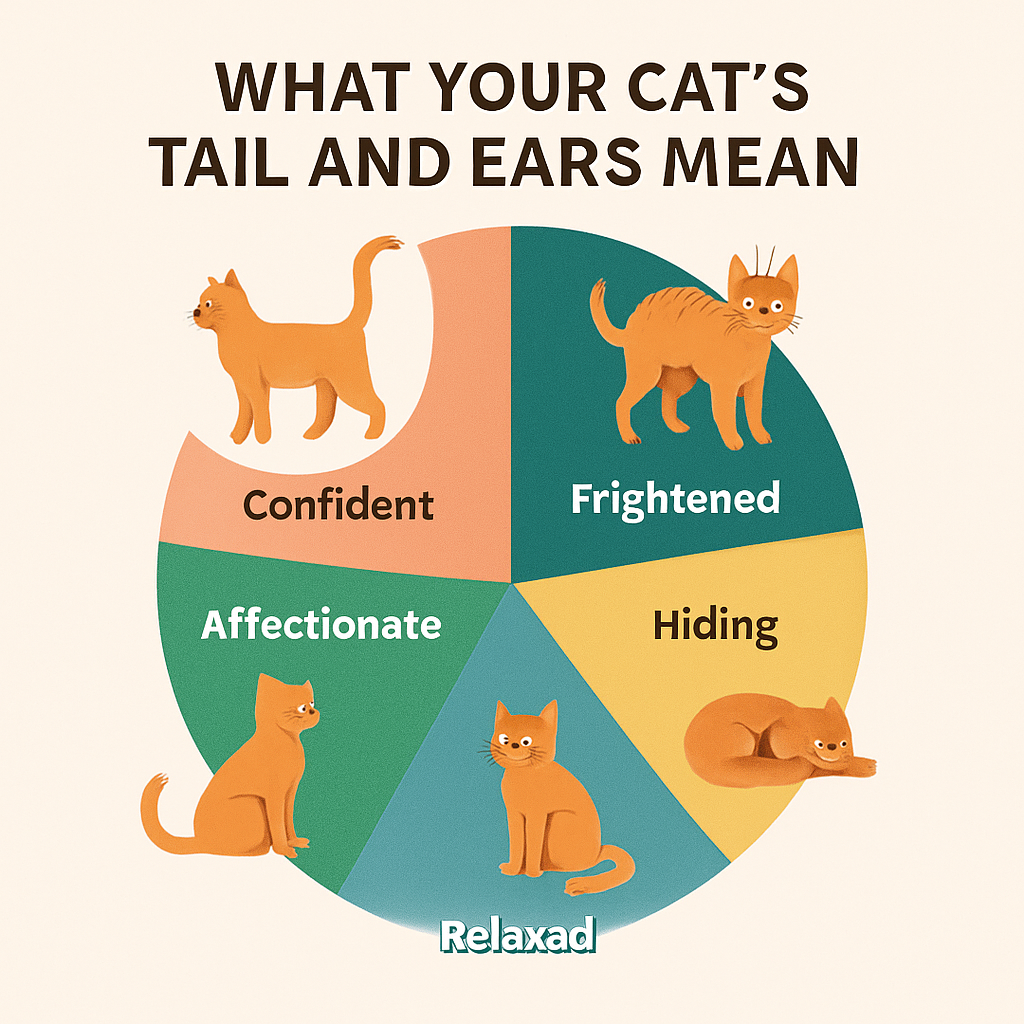
Pay Attention to Your Cat’s Behavior
Share
Introduction
Cats may not speak with words, yet every movement they make carries meaning. A flick of the tail, the narrowing of the eyes, the sudden retreat under the bed, or even the sound of a gentle purr—all are signals from your feline companion. Unfortunately, many owners overlook these cues or dismiss them as mere quirks. But in truth, understanding your cat’s behavior is one of the most vital keys to protecting their health and ensuring their happiness.
1. Tail Language
-
Tail held high: A sign of confidence and affection.
-
Fast flicking tail: Irritation, stress, or possible aggression.
-
Tail tucked tightly: Fear, anxiety, or discomfort in a new environment.
2. Eyes and Facial Expressions
-
Slow blinking: A symbol of trust and calmness, often referred to as a cat’s “I love you.”
-
Dilated pupils: Surprise, fear, or heightened excitement.
-
Avoiding eye contact: A sign of discomfort or a wish to escape from a stressful situation.
3. Ears and Posture
-
Ears flattened back: Anxiety or a defensive stance.
-
Ears twitching rapidly: Overstimulation or heightened sensitivity to surrounding noises.
-
Arched back with fur standing up: A defensive posture to appear larger when threatened.
4. Hiding and Purring
-
Hiding: If a cat frequently withdraws under furniture or into corners, it may be reacting to stress, illness, or environmental changes.
-
Purring: Typically a sign of comfort, but sometimes cats purr when in pain, using the vibration as a form of self-soothing.
5. What You Can Do as a Guardian
-
Observe Closely: Notice daily patterns and pay attention to small changes.
-
Provide Safe Spaces: Offer quiet corners where your cat can retreat when needed.
-
Play and Enrichment: Interactive toys help relieve stress and satisfy hunting instincts.
-
Seek Veterinary Care: When unusual behaviors persist, professional guidance is necessary.
Conclusion
Life with a cat is built upon a language without words. In their subtle gestures, they reveal love, fear, curiosity, and sometimes distress. By paying attention to your cat’s behavior, you honor their silent voice and deepen the companionship that makes them family.
